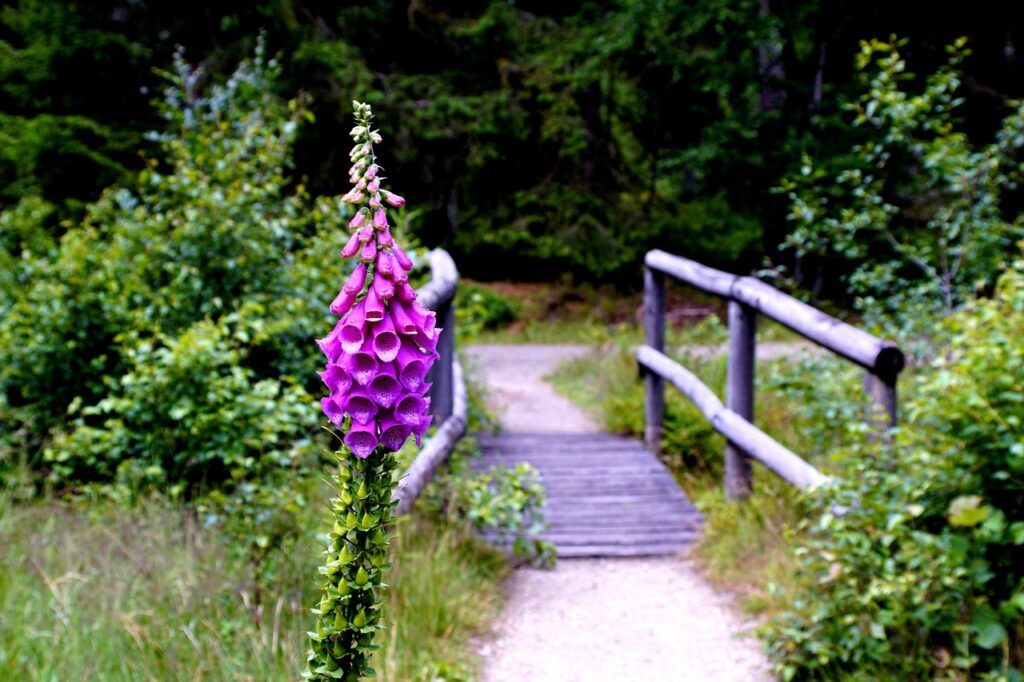“When the mantle of nurturer to all drops away, the woman is obliged to ask anew who she is and what she wants to do with her life. She cannot resolve such matters until she becomes more conscious of the various inner forces which block her.
The Middle Passage, James Hollis, Ph.D., Jungian analyst, and therapist.
James Hollis, in his book The Middle Passage, examines our experiences of life in what he refers to as the first and second adulthood. The above passage from that book jumped off the page when I read it several years ago and it became a catalyst for further self-examination. I have incorporated this understanding of the unique nature, and opportunities for growth, embedded in the first and second adulthood into my counselling work, my writing, and my own life. Hollis examines our quest to fulfill the duties and achievements in the first adulthood and the need for a shift away from these toward a more self-reflective second adulthood. This shift from first to second adulthood is not marked chronologically. It is realized through our experiences.
Women in the first adulthood of their lives, consciously or not, busy themselves with identity building through education, career building, partnering, parenthood and the fulfillment of an abundance of familial and societal roles. Transitioning into the second adulthood brings with it major shifts away from these earlier roles and, as Hollis suggests, women can be left asking questions like, “Who am I without my roles and responsibilities? What do I want from my life now?” He goes so far as to suggest that we are “obliged” to examine the identity of who we truly are devoid of the earlier role of “nurturer to all”.
We become attached to an identity, shaped by our experiences, over the years of our first adulthood. In the second adulthood, many of us women begin to question this and are called to examine what lies in the way of living the totality of who we are as we age.
Aging very often brings with it radical changes and experiences that we are mostly ill-prepared for; health issues, the loss of purpose attached to ending a career, empty nests, strained or broken relationships, what can feel like a betrayal by our own aging bodies, death of friends and family and ultimately acceptance of our own decline and mortality. It’s not uncommon for us to experience stress, excessive worry, feelings of depression, loneliness, fear, hurt, anger, resentment, or regret as well as physical pain and illness often associated with years of unresolved emotional underpinnings.
Perhaps even more critical, is a general sense of unease, or discontentment, and a longing for something more. The “something more”, will not be found searching our external environment. It will not be given to us by someone else nor can it be purchased. It will only be revealed to us with thoughtful, honest, and compassionate inward self-inquiry.
Into the first adulthood, we carry the experiences from our childhood out of which we form our earliest identities. We go out into the world and strengthen these narratives through the internalization of our experiences, as seen through the identity lens we have adopted. By the time we reach the second adulthood, unless we have taken time to question these narratives, such identities are firmly intact and unconsciously inform the direction of our lives.
It is the lack of awareness of these inner forces that creates the obstacle for us becoming more of who we really are as we age. This aging experience is truly a gift when we realize that beyond our earlier responsibilities and identities, we are freed up to explore, and live, the full experience of who we are.

The concept of first and second adulthood was not something I consciously thought about but it certainly makes sense. In the first adulthood we were very busy with bringing up families, working and doing all that is expected of us. In the second adulthood we make decisions on what do we want to do. And we also have to consider our aging health in making those decisions and accept what we can and cannot do.
Cathy, I appreciate your comment. I hope you will continue to share your thoughts on future blog posts. I would guess that most of us are unaware of this dichotomy between the first and second half of our lives.
James Hollis, is an excellent writer on the subject of self-examination, especially as it relates to aging. Transitioning away from the busyness of our younger years calls for us to recognize that just as there was meaning and purpose in the first half, so too is there in our second adulthood. I think the greatest difference is that we are no longer placing as much value on “doing” as we naturally slow down and are given the time and space to be more still allowing ourselves, at least moments, to just “be”. In the second adulthood we become aware of our aging and the speed at which the years go by and we naturally become more self-reflective. Perhaps it’s the very reason that our bodies slow down. We are no longer able to continually busy ourselves away from the curiosity to know more of who we really are.